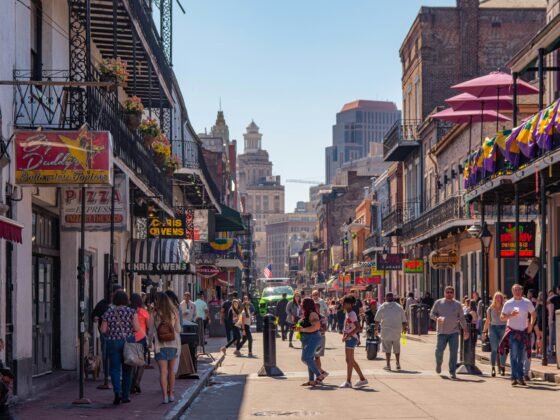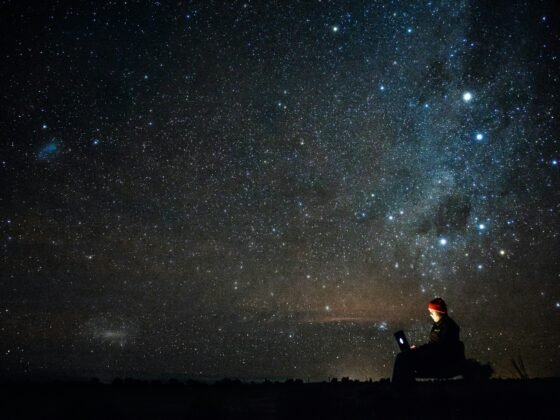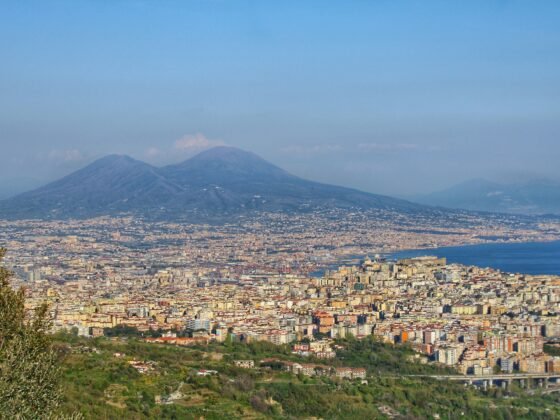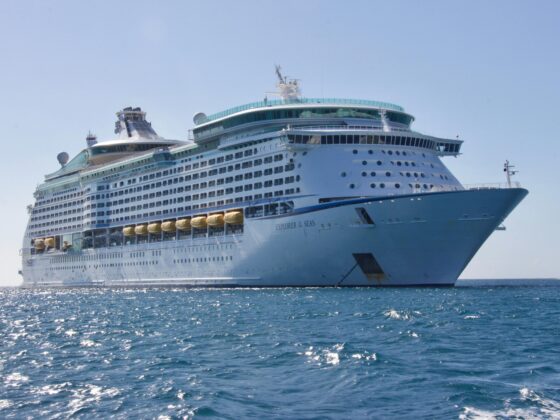Today marks the 25th anniversary of the opening of the Louvre’s Glass Pyramid entrance – at the time the futuristic structure caused much consternation, but today the pyramid trio is considered a truly iconic addition. And to mark the occasion, we look at some of the must-see works of art in the Louvre Museum in Paris’ 1st arrondissment, which is home to more than 35,000 works of art and nearly 400,000 individual objects.
Mona Lisa
Admire the wry smile of the enigmatic Mona Lisa, whose portrait has resided here since 1797 and which, rather unsurprisingly, is the Louvre’s most popular piece. Also known as La Joconde and La Gioconda, Leonardo da Vinci created this masterpiece between 1503 and 1505. Housed within the department of Italian paintings.
Islamic Art Collection
Newly reopened, the Louvre’s Islamic art collection is a must-see with more than 3,000 objects covering some 1,300 years of history and spanning no fewer than three continents.
Venus de Milo
Probably the most iconic marble sculpture in the world, the Aphrodite of Milos is better known as the Venus de Milo. Created by Alexandros of Antioch circa 130-100 BC, this exquisite Hellenistic sculpture was uncovered on the Cyclades island of Milos in Greece in 1820. Celebrating the goddess of love, the remarkable classical workmanship became the benchmark by which all other sculptures are judged. Located in the department of Greek, Etruscan, and Roman Antiquities.
Psyche Revived by Cupid’s Kiss
Antonio Canova crafted this stunning sculpture dedicated to mythological lovers in 1793. The breathtaking white-marble piece tells the love story between handsome Cupid and beautiful Psyche. Housed within the department of Sculptures.
Liberty Leading the People
Romantic artist Eugene Delacroix’s painting, Liberty Leading the People, depicts the French Revolution and Charles X being overthrown. Created in 1830, the colours are vivid. Located in the department of French paintings.
Nike of Samothrace
Also known as the Winged Victory of Samothrace, this 2nd century BC Parian marble sculpture shows Nike, the Greek goddess of Victory preparing to fly, minus her head. Dating back to the Hellenistic Greece period, the artist is unknown.
Raft of the Medusa
This incredibly intricate oil painting was created by the French romantic artist Théodore Géricault between 1818 and 1819. Aged just 27, Gericault created this scene of shipwreck and cannibalism, replete with blood and gore. Definitely one to appreciate up close. Find it in the department of French paintings.
Rebellious Slave
Alongside Michelangelo’s Dying Slave sculpture is the incomparable rebellious Slave, which dates back to 1513-1516. The marble statue stands at 2.15 meters high and is one of the ‘prisoners’ crafted originally to occupy the tomb of Pope Julius II. Michelangelo remains one of the most respected figures in history, turning his hand to poetry, artistry, architecture and of course sculpture.
The Moneylender and His Wife
Flemish art is represented in the Louvre, along with Italian Renaissance, Netherlandish and Romanesque art. And the most intriguing piece of art is of The Moneylenders by Quentin Metsys in 1514. The detailed painting perfectly captures the greedy money-hungry husband and wife who worked as moneylenders.
Pyramide du Louvre
Now celebrating its 25th anniversary, it’s safe to say that the Glass Pyramid lobby to the Louvre has more than earnt its place in history. The glass, steel rod and cable structure was built under instruction by then President Mitterand, and opened to a fair amount of controversy when it opened on 30 March 1989, due to its modern, some say futuristic, appearance. Today the landmark is appreciated so that the millions of annual visitors don’t have to take the heavily congested underground entrance instead, and it’s immortalised in this piece by I.M. Pei, created between 1985 and 1993.
Image credit; Mona Lisa via Wikipedia












